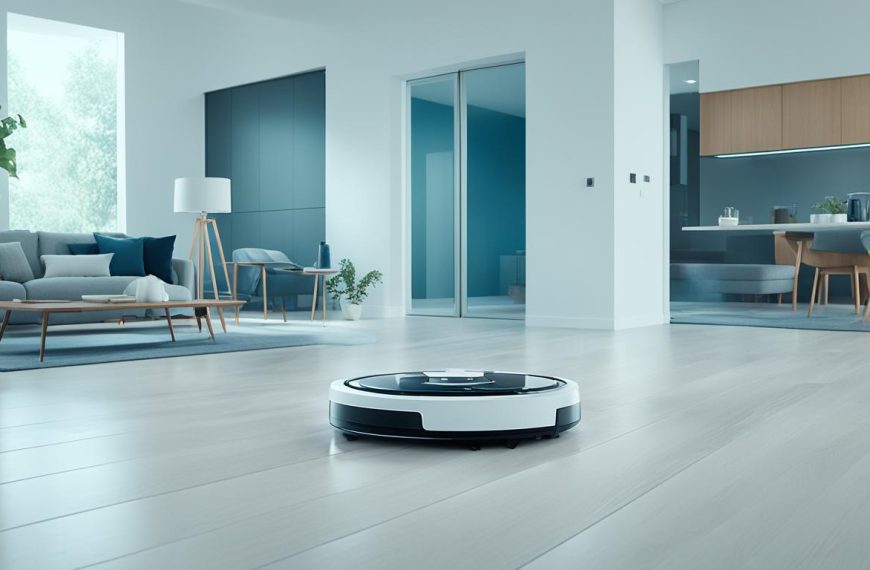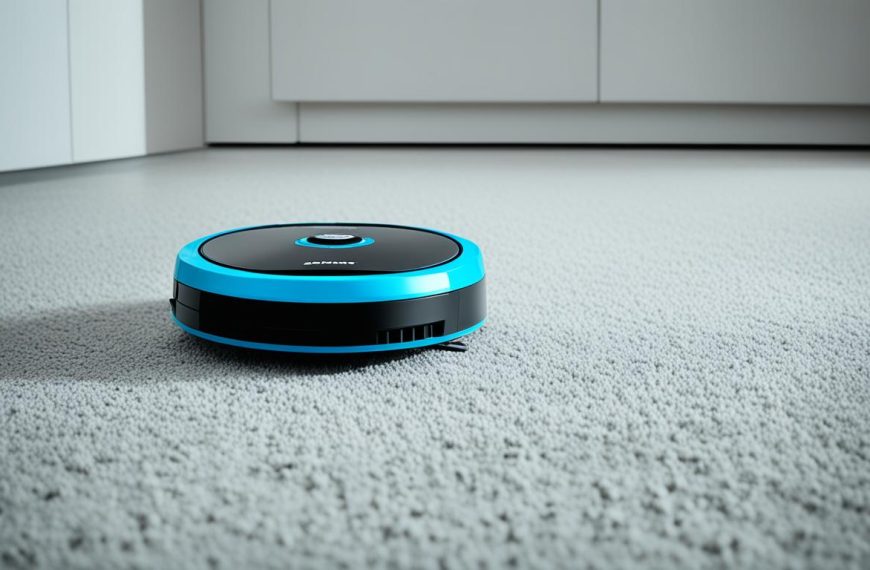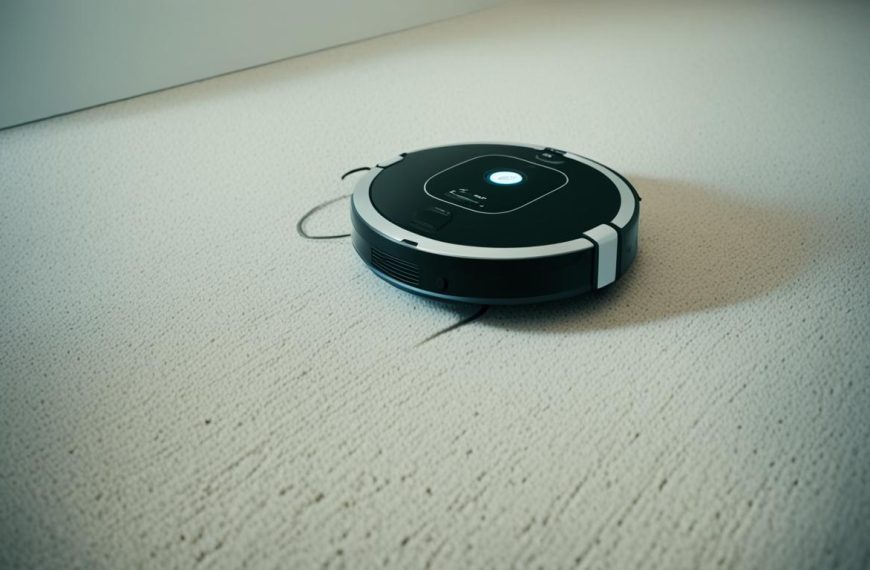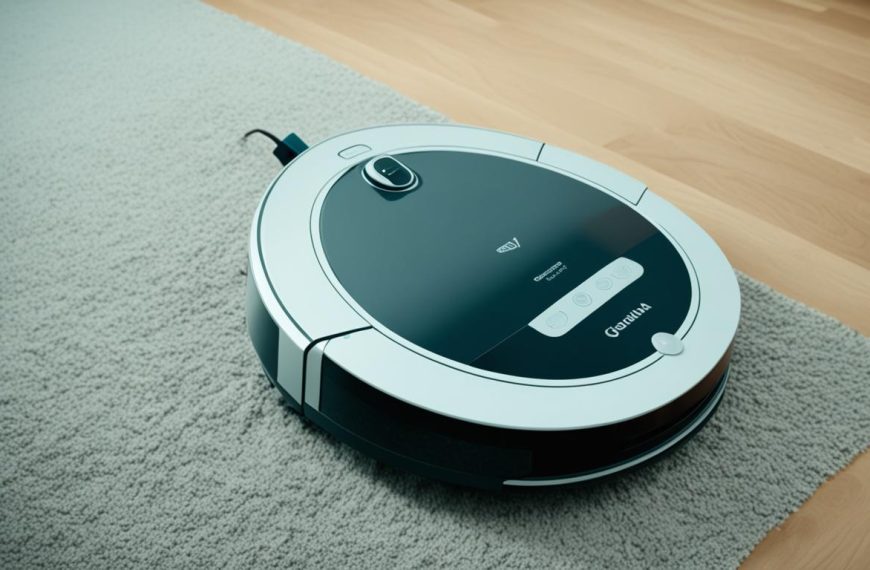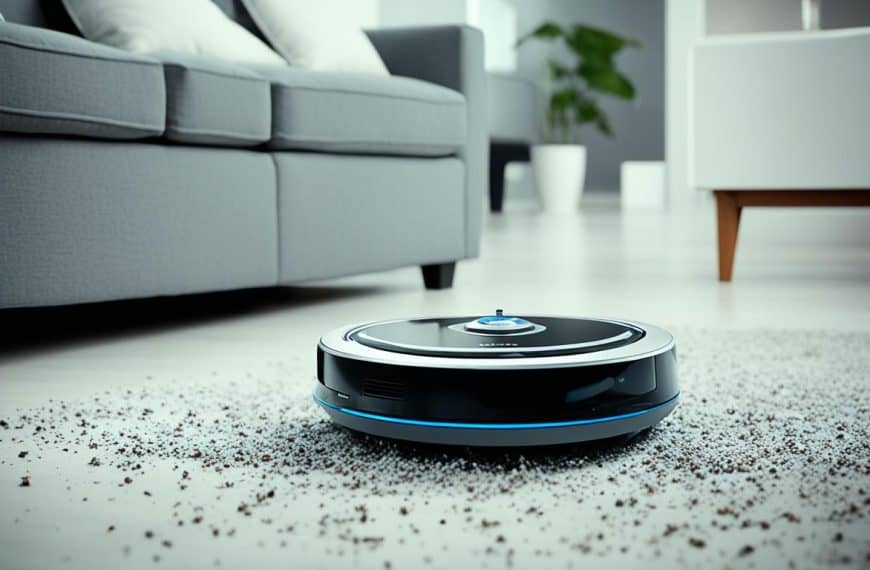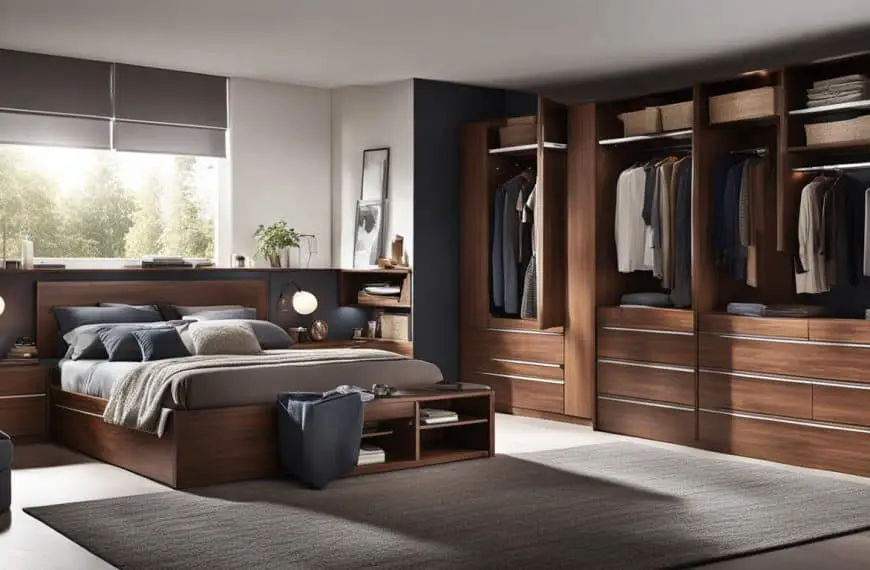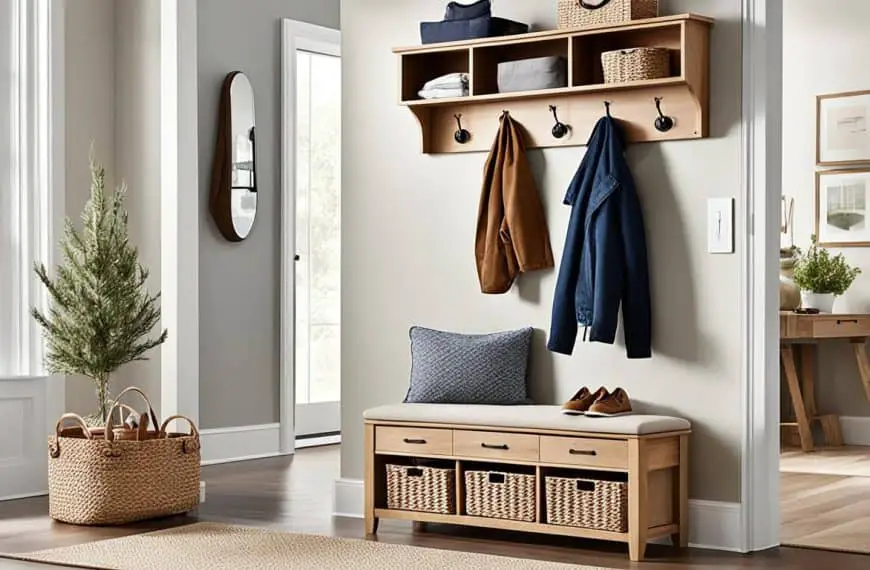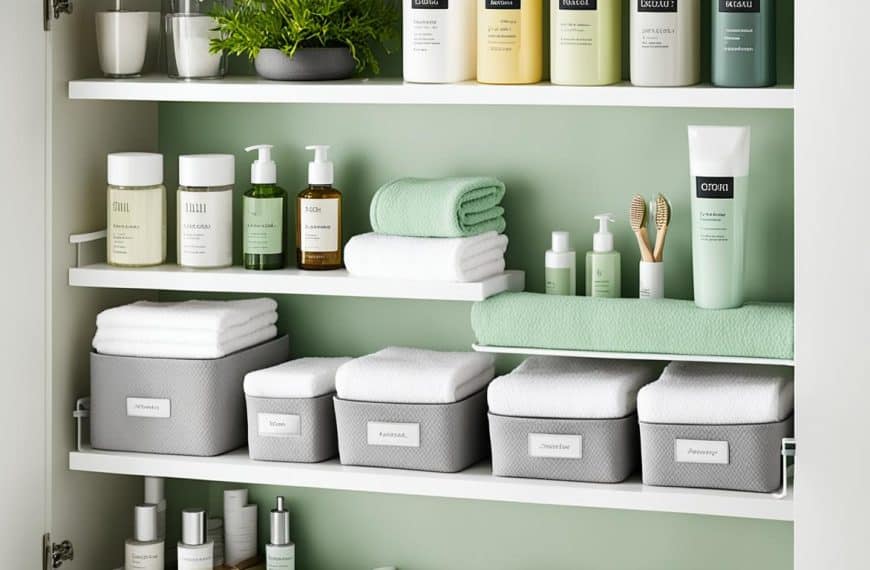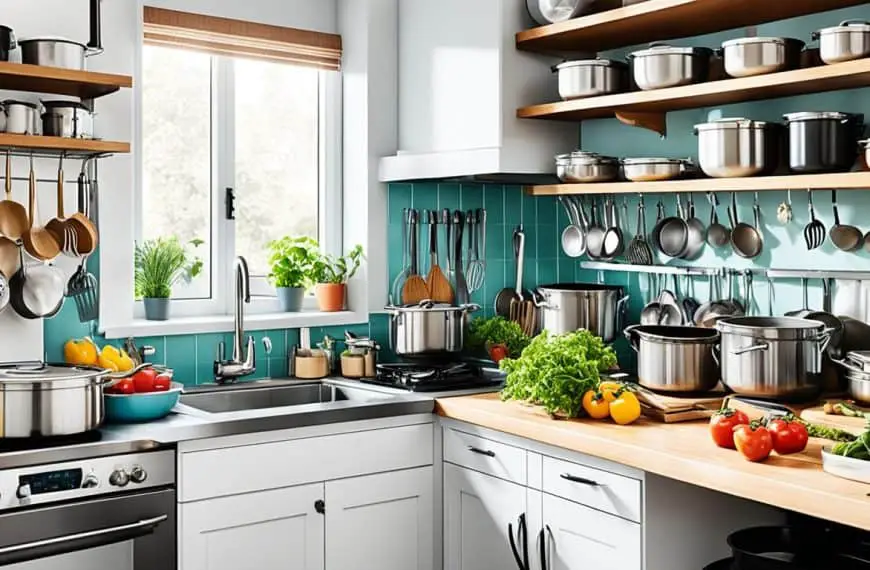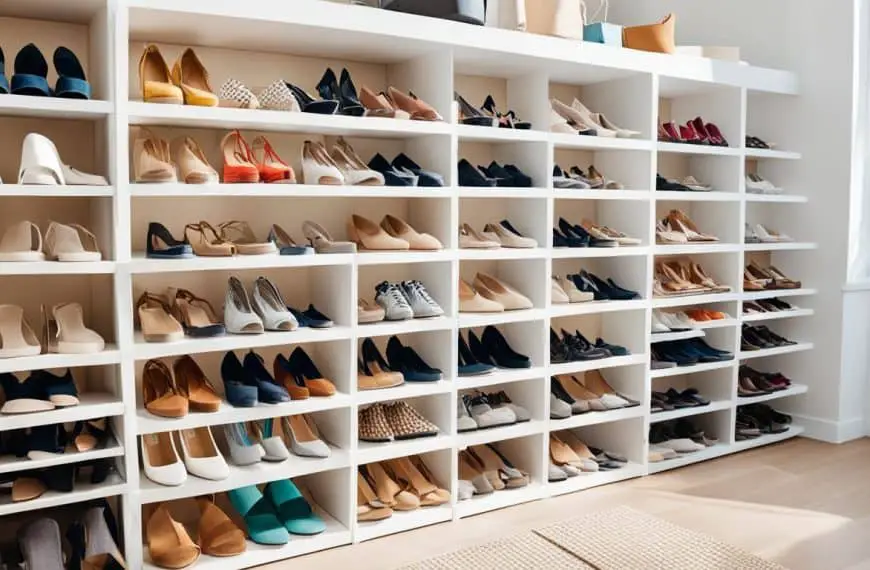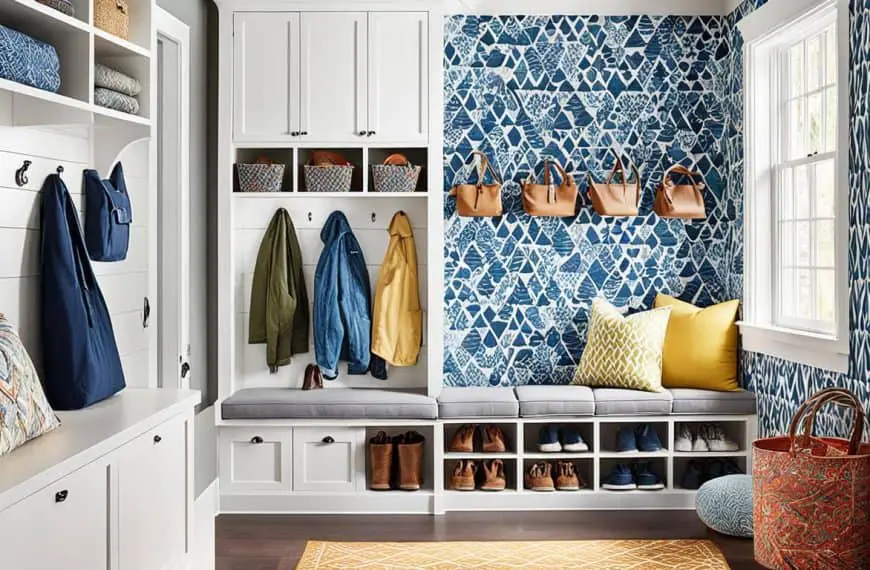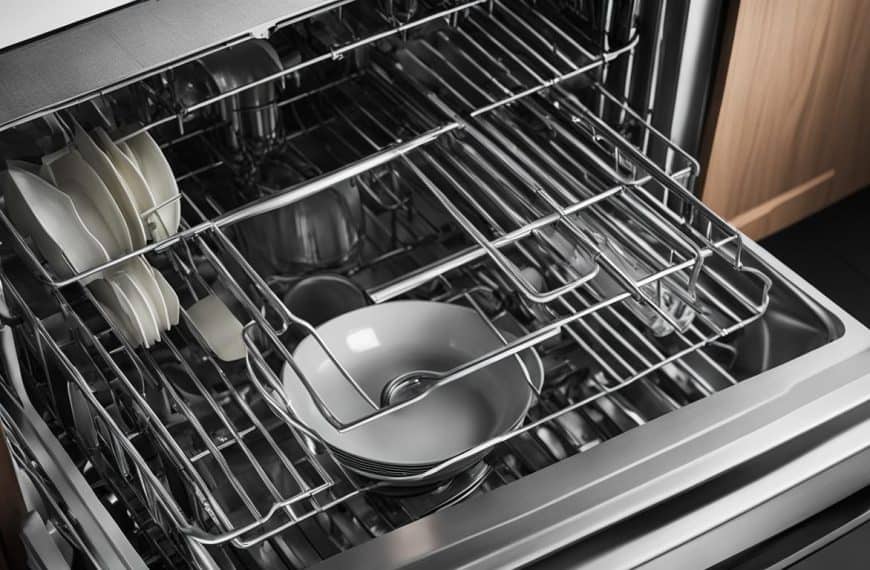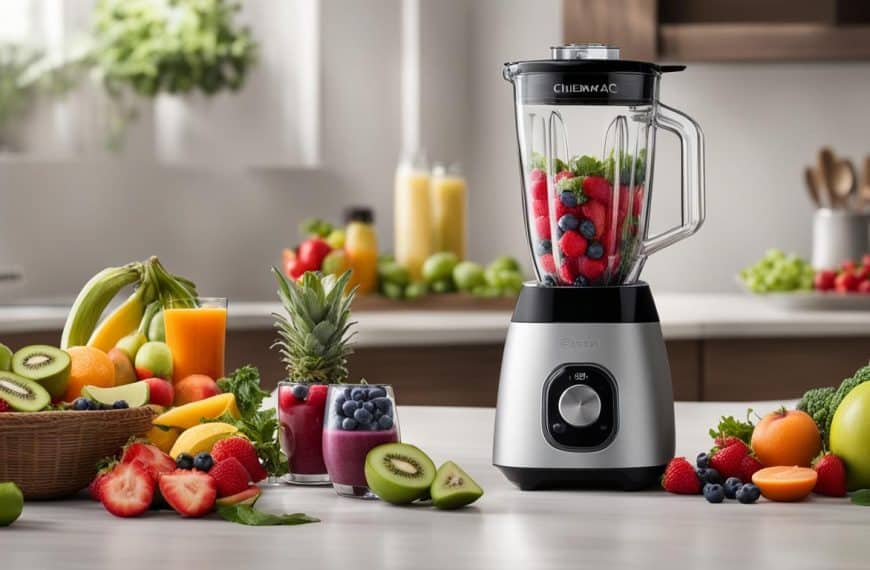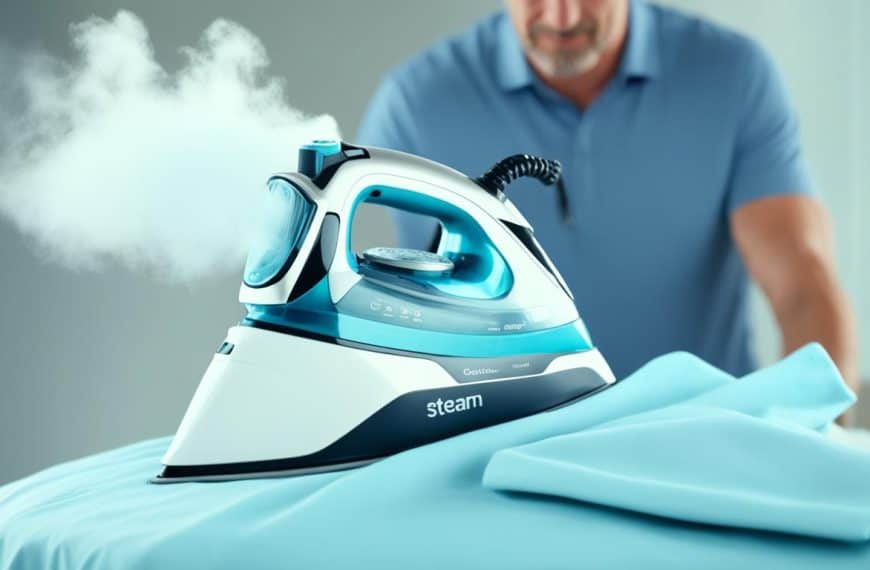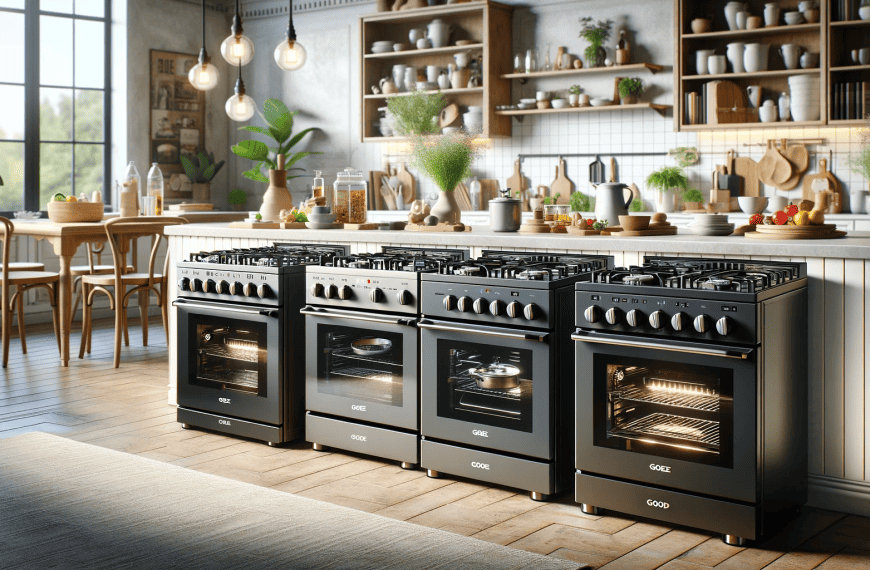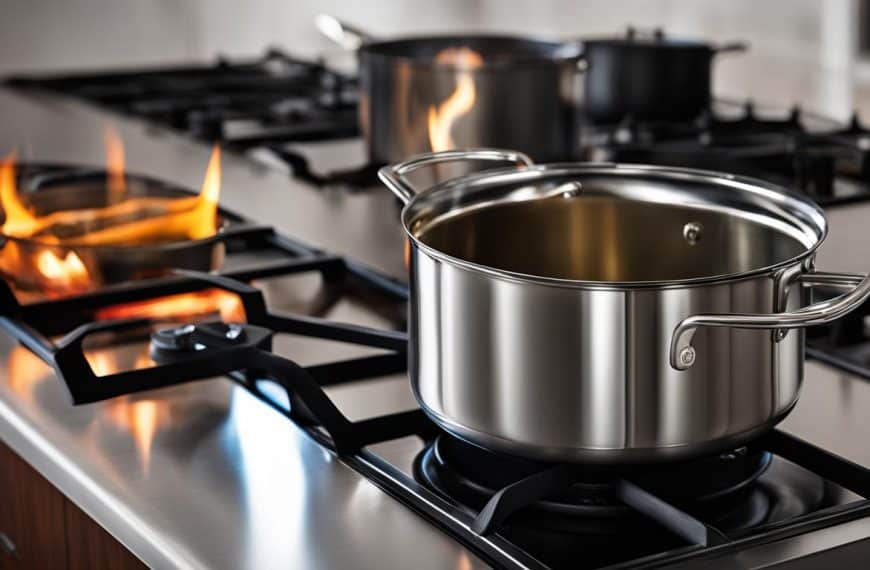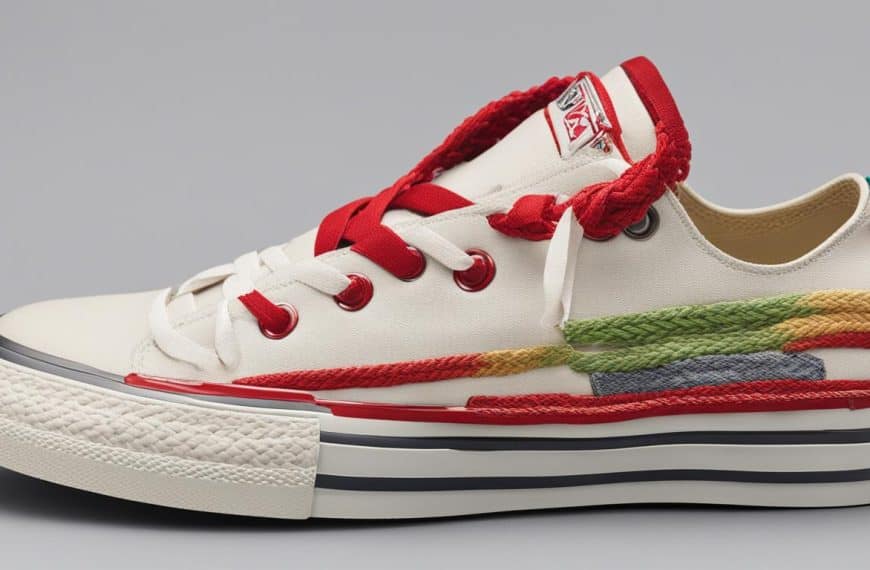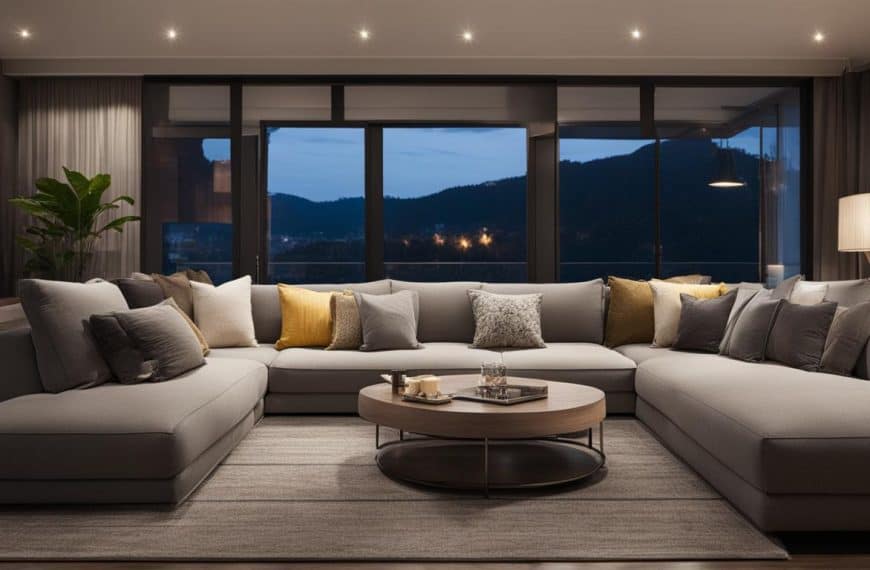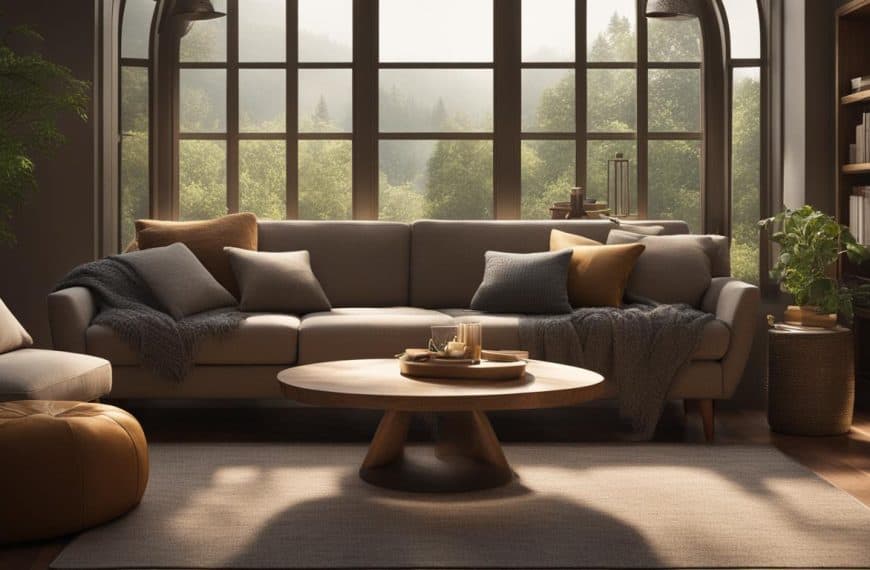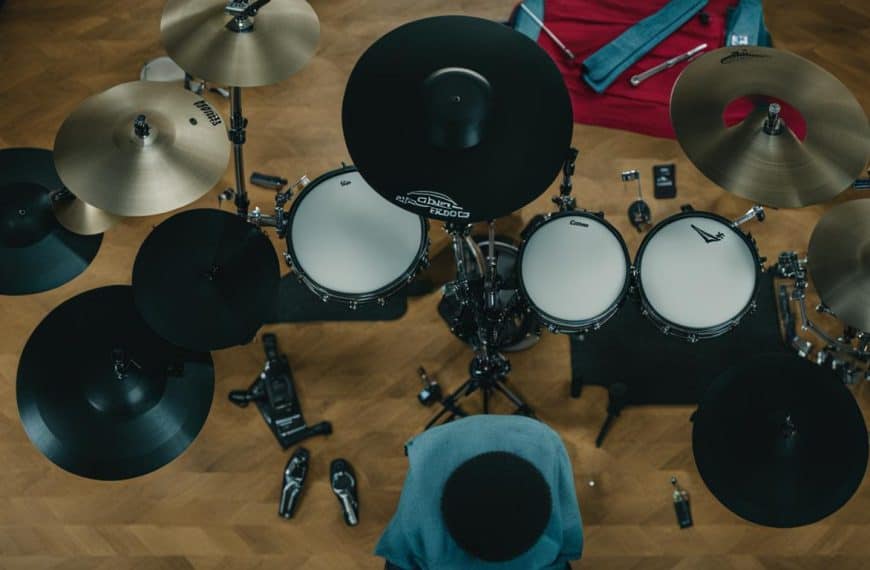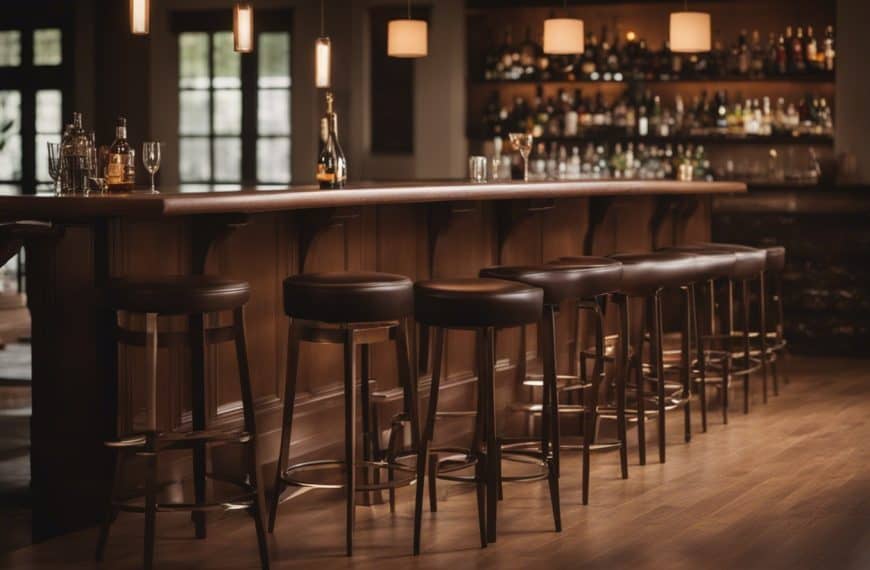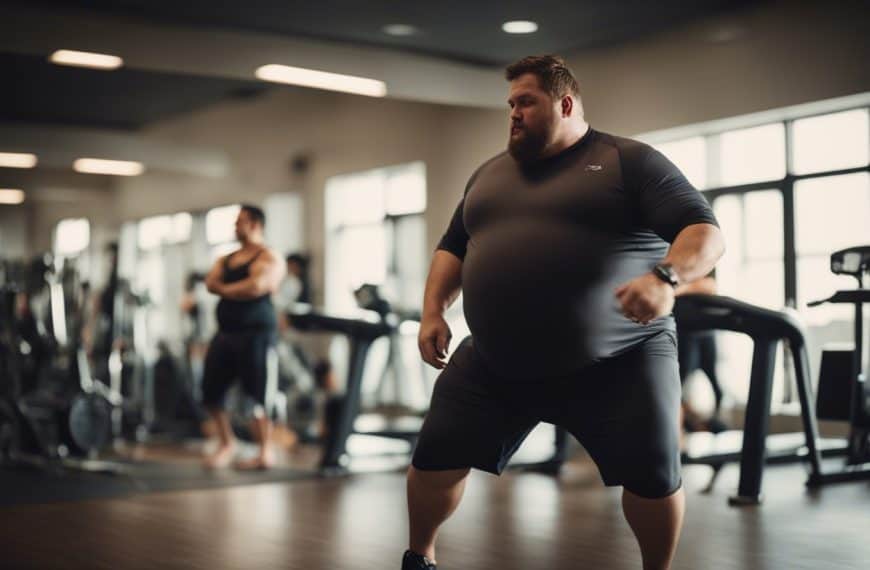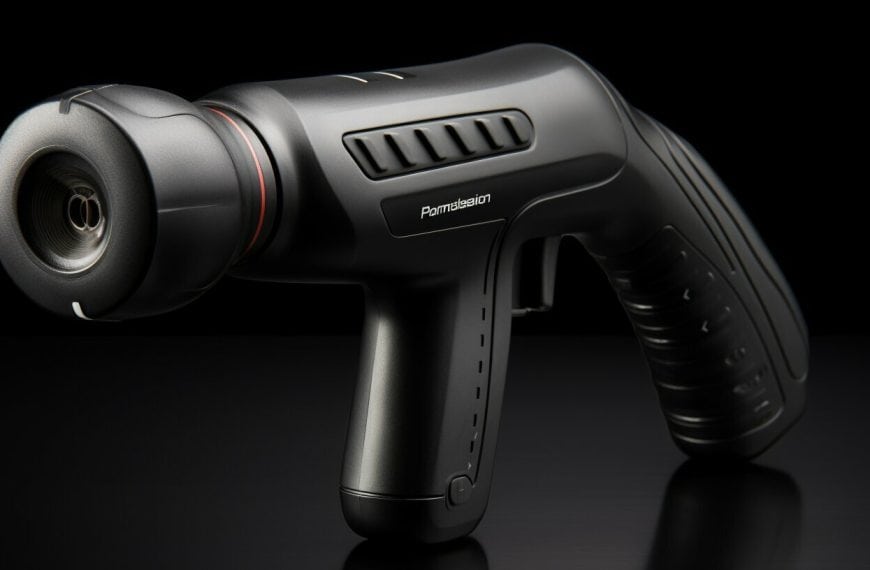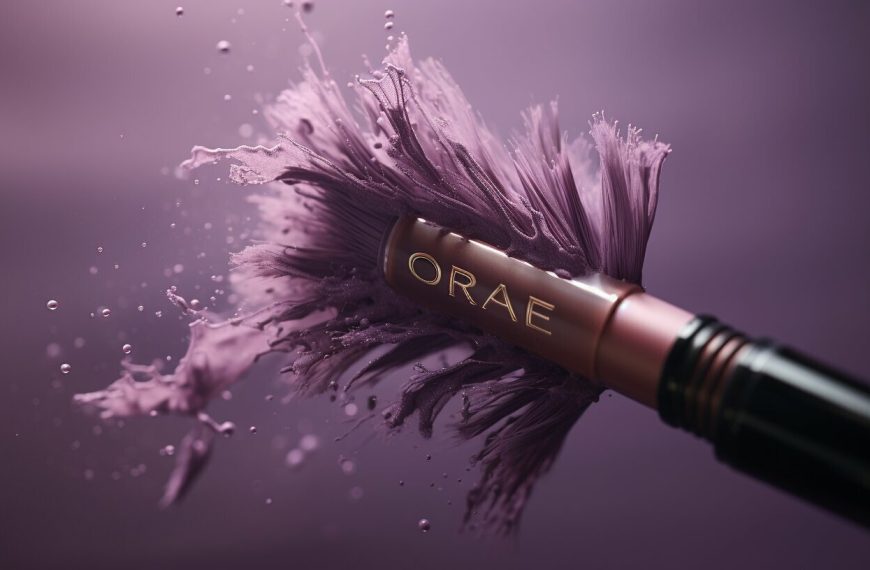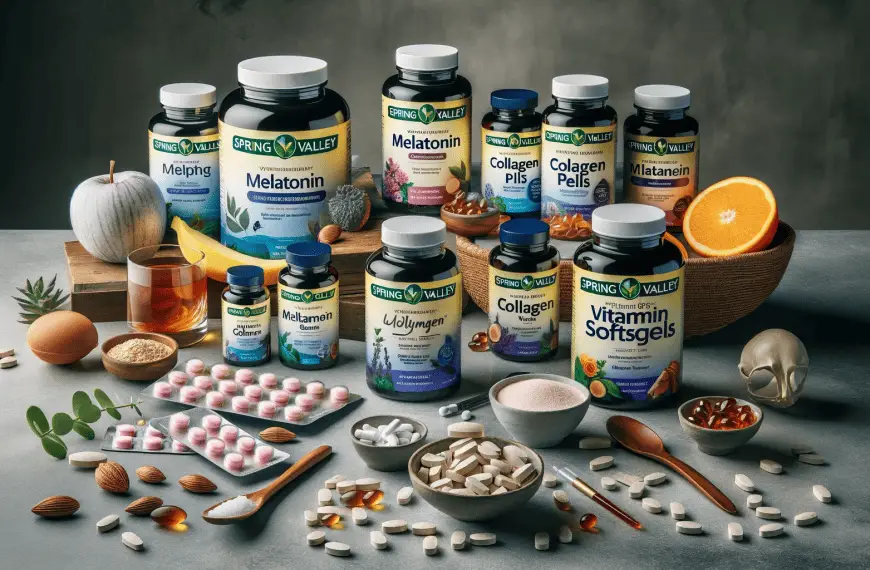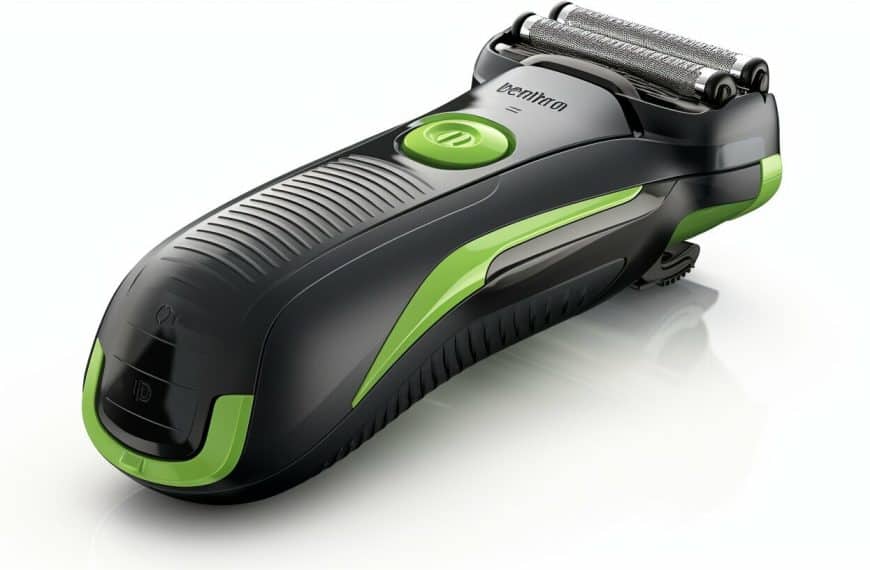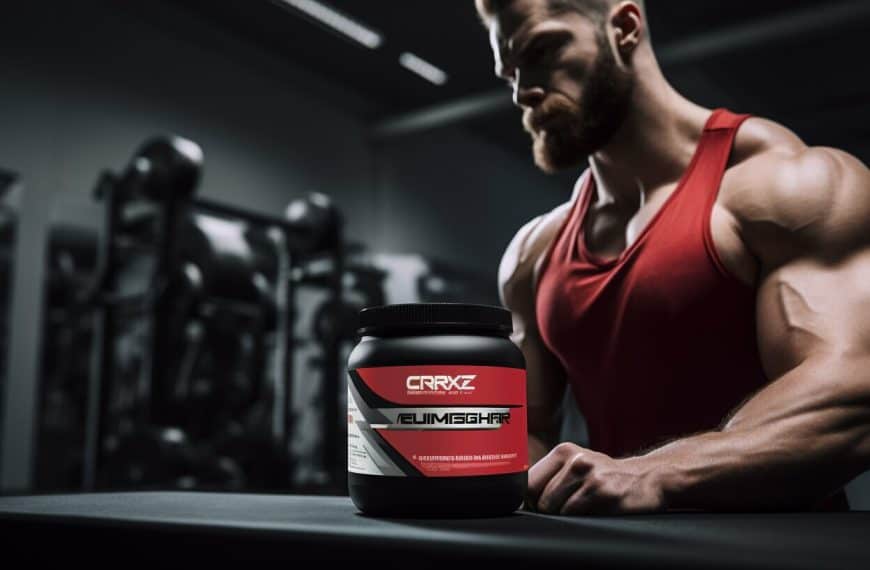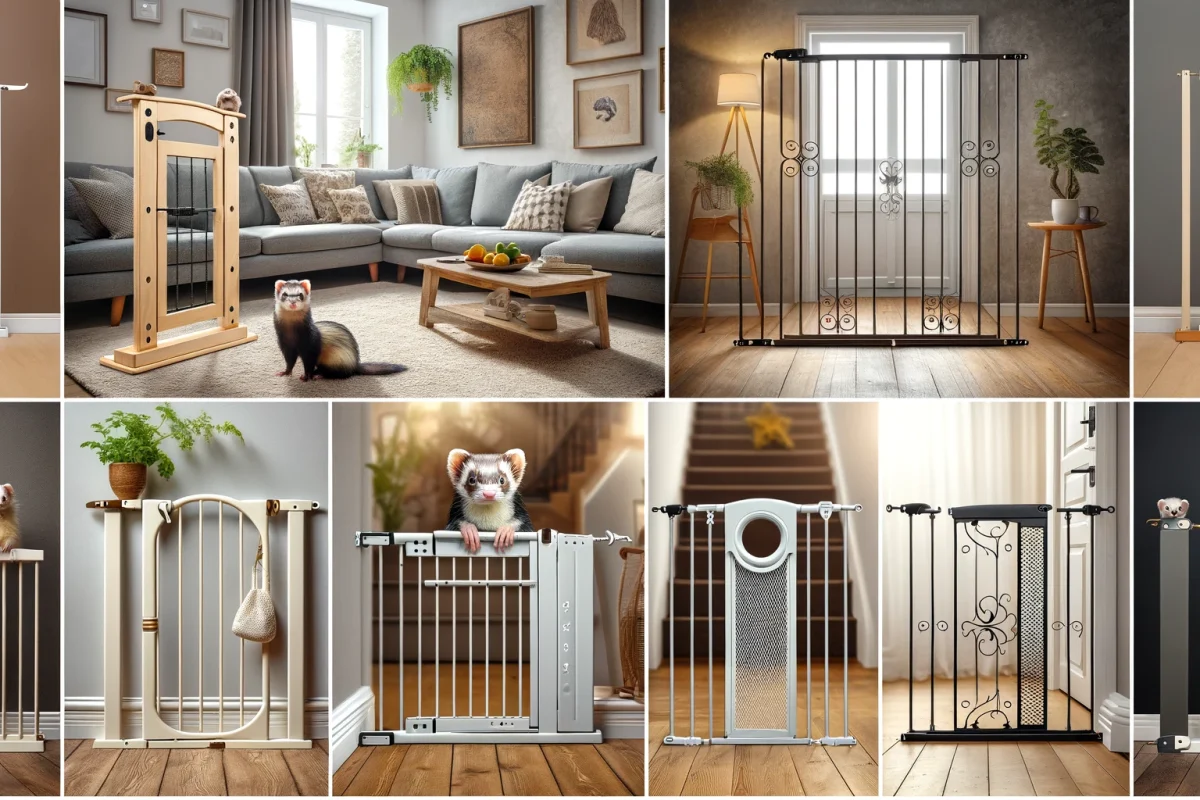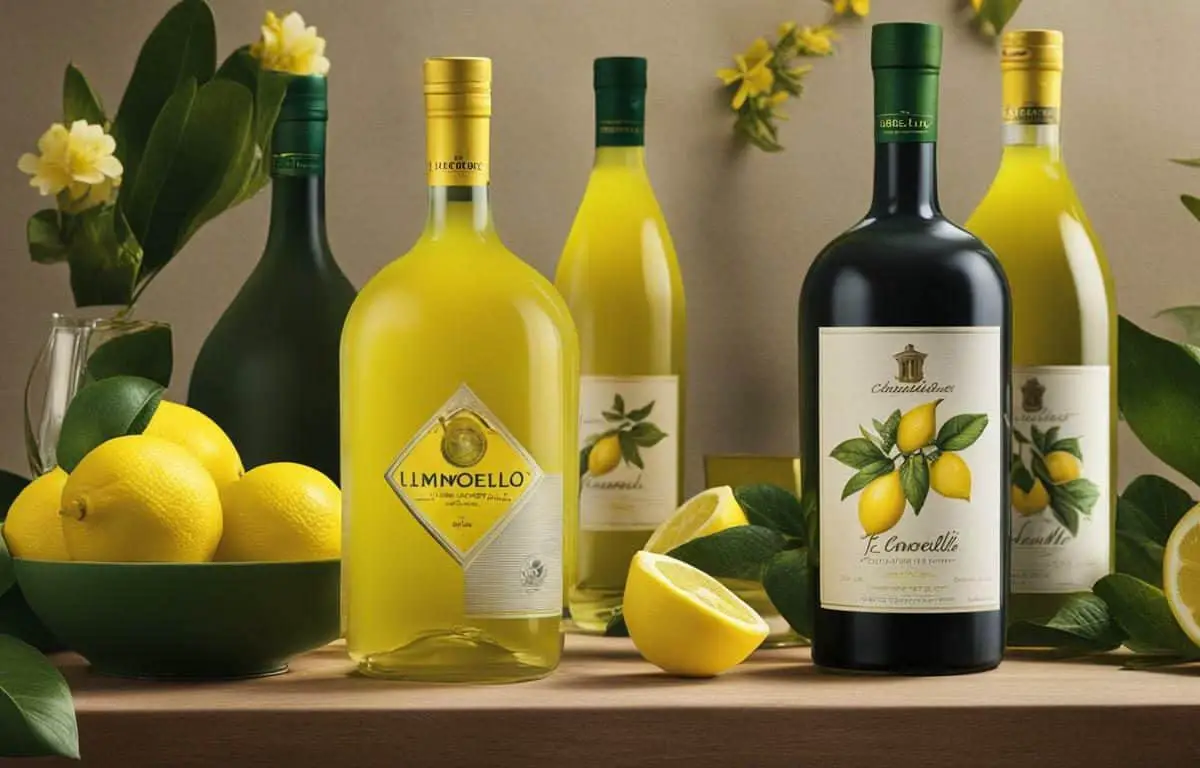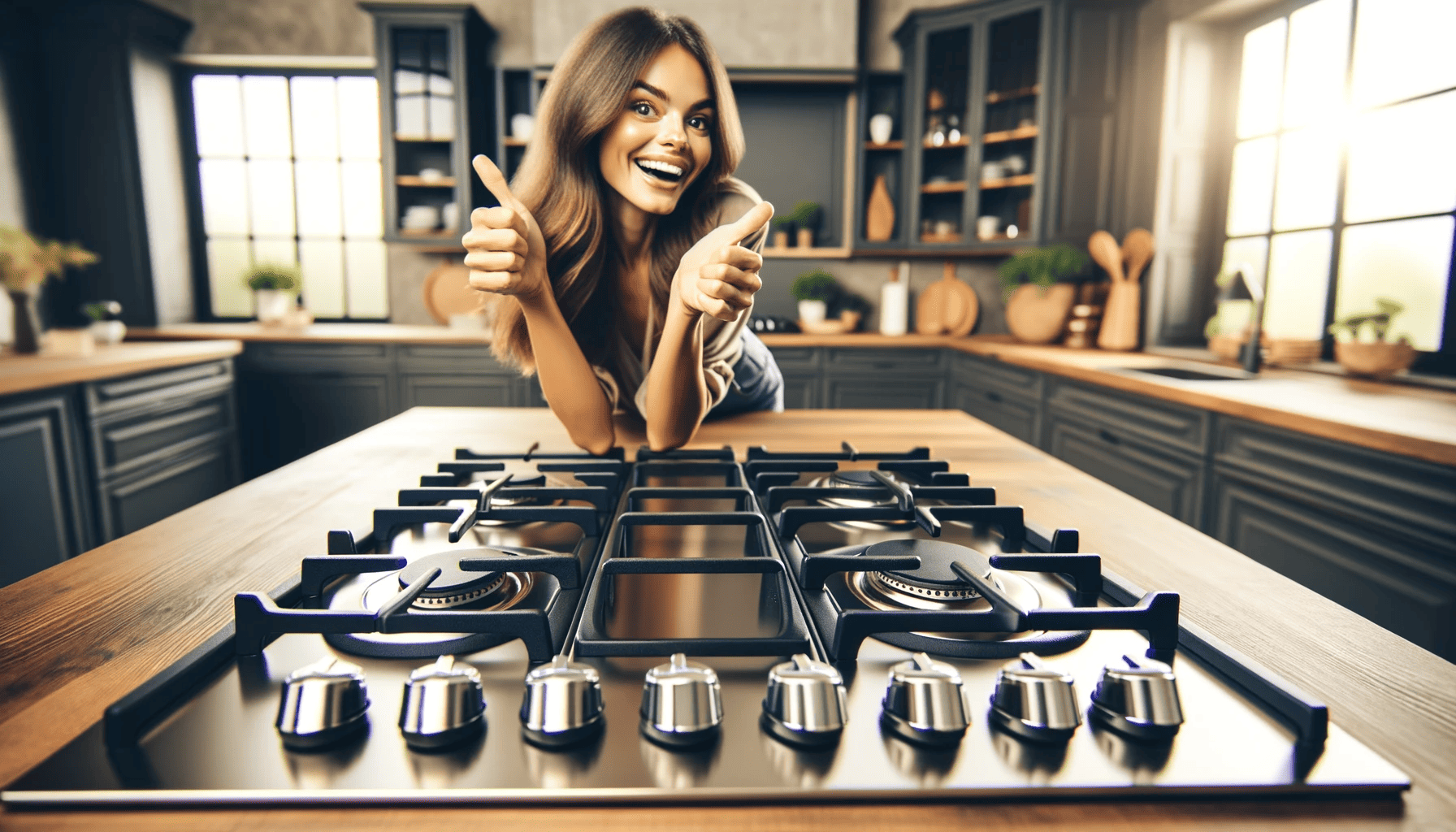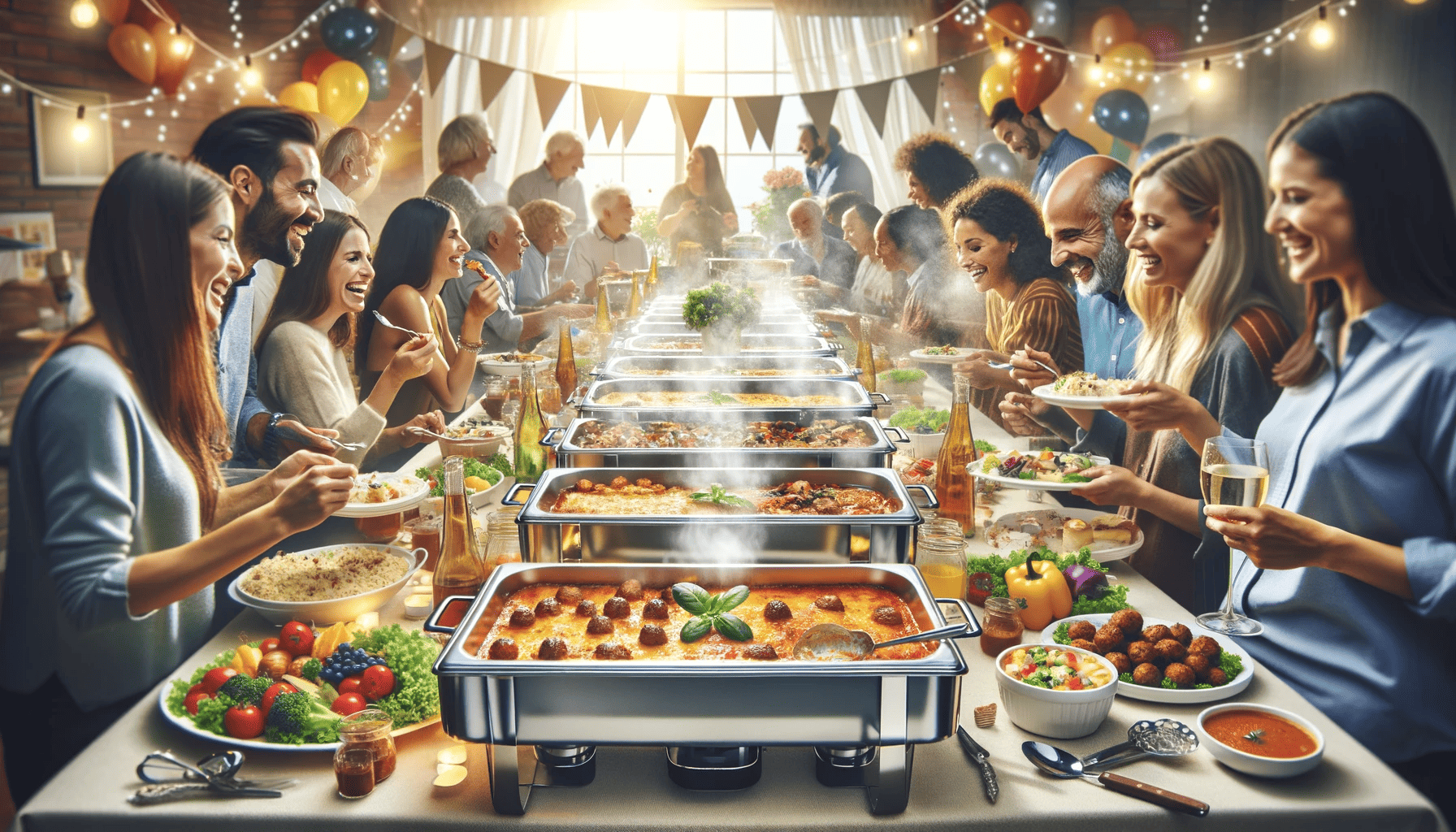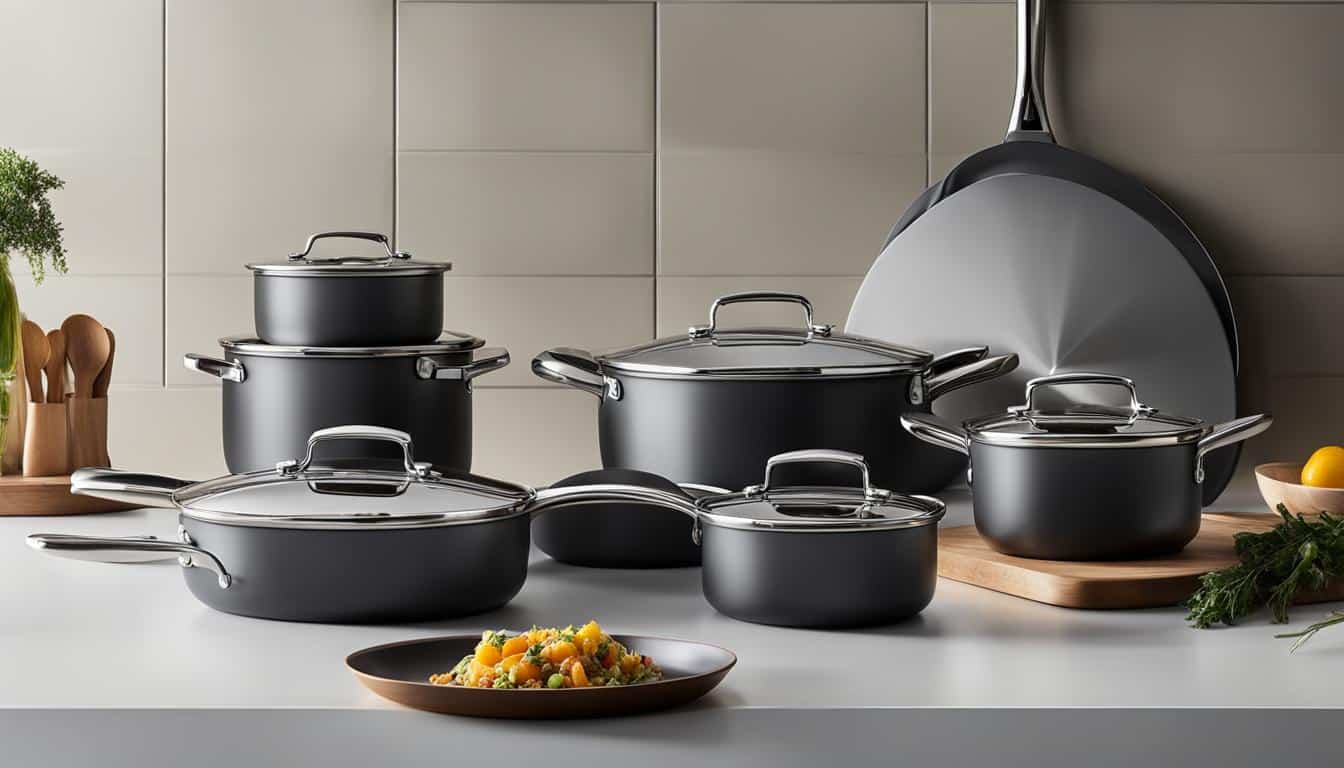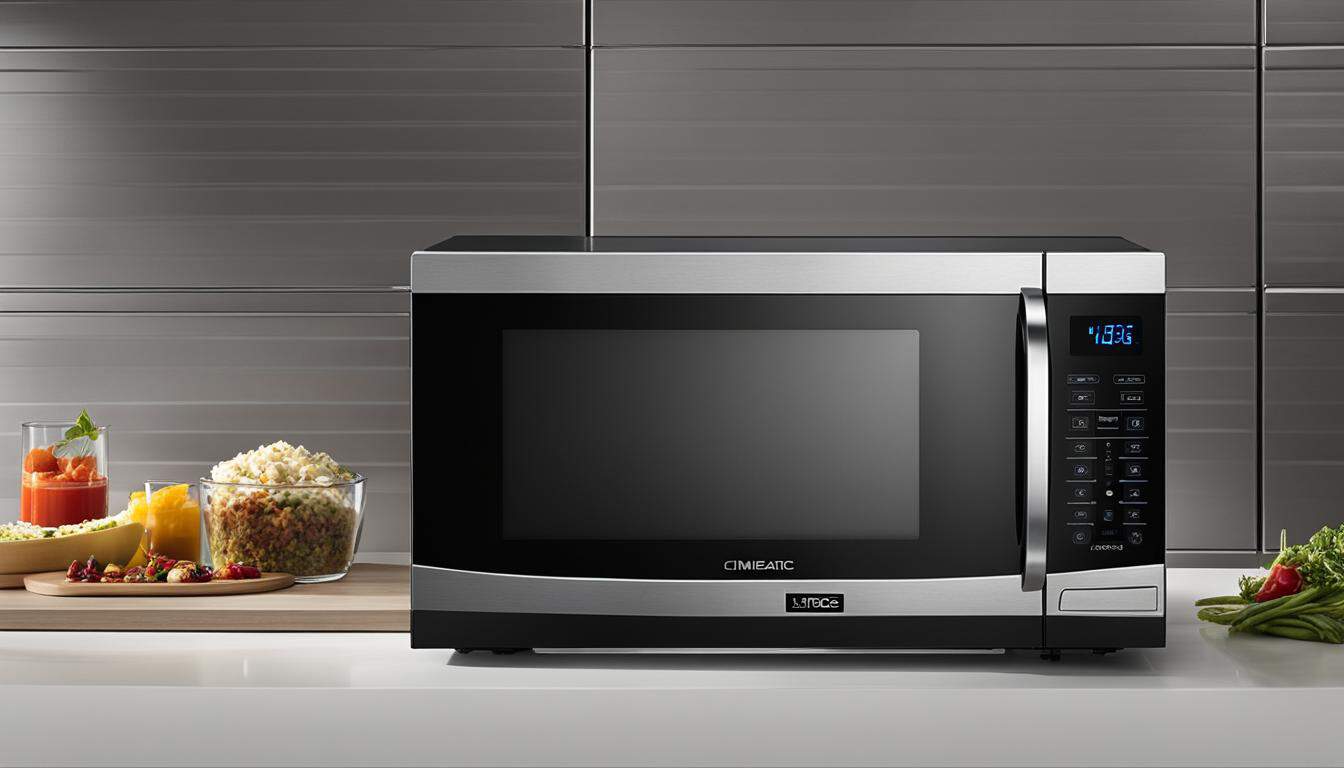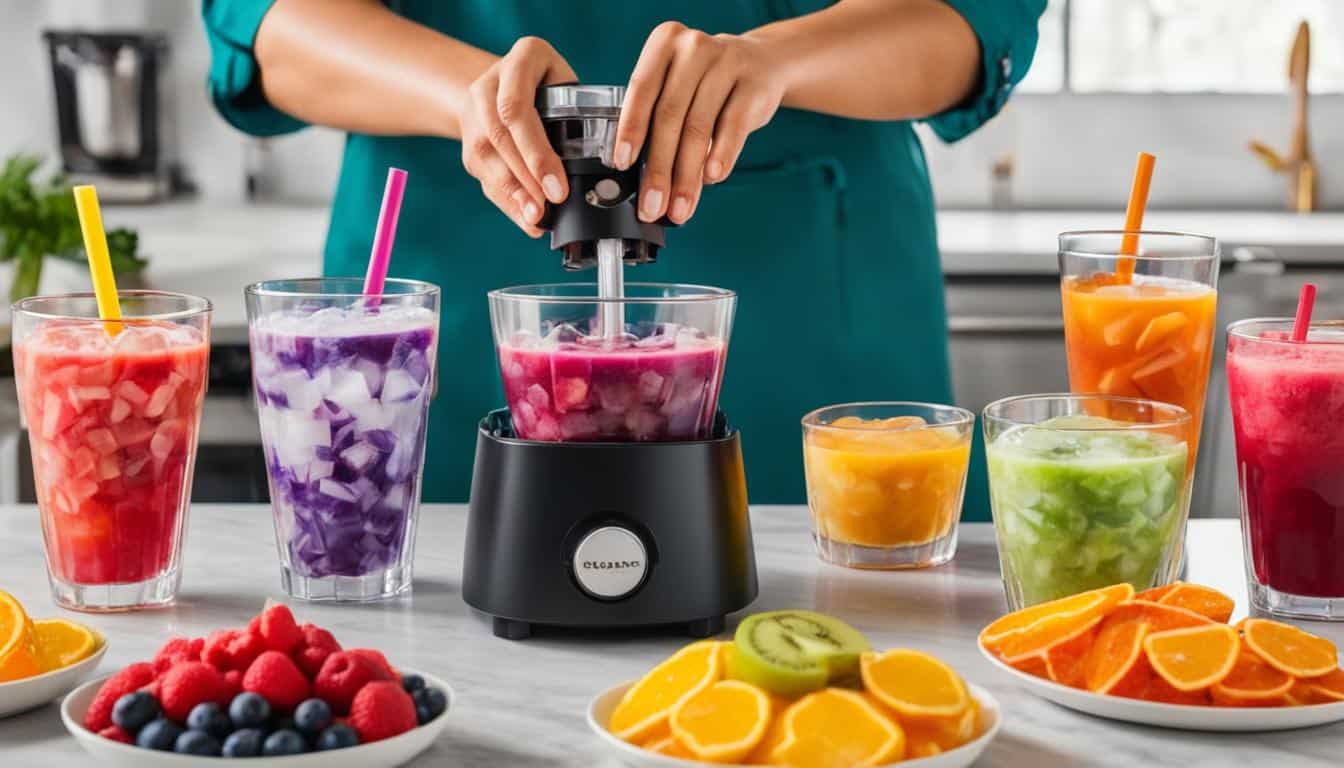-------
Learn More, Pick Smarter
Find Good Brands, Good Products, & Their Alternatives
reviews
Latest Posts...
The Ultimate Comparison of Single-Room vs. Whole-House Robot Vacuums
Are you tired of spending hours vacuuming your house? Are you considering investing in a robot vacuum to…
Cleaning Corners and Edges: Which Robot Vacuums Perform Best?
Are you tired of lugging around heavy vacuum cleaners and struggling to clean those hard-to-reach corners and edges…
The Best Robot Vacuums for Multi-Level Homes
Keeping a multi-level home clean can be a challenge. With different floor surfaces and the need for efficient…
Safety Features to Look for in Robot Vacuums
When it comes to keeping your home clean and tidy, robot vacuums have become a popular choice. But…
How to Choose a Robot Vacuum with the Right Suction Power for Your Floors
When it comes to keeping your floors clean, a robot vacuum can be a game-changer. But with so…
The Fastest Robot Vacuums on the Market: Speedy Cleaning Solutions
Are you tired of spending hours cleaning your floors? Do you wish there was a faster and more…
Storage Ideas...
Appliances...
Small Gas Grill for Balcony: Good Amazon Finds
If you’re on the hunt for the Best Small Gas Grill for Balcony fun, you’ve come to the…
All You Need to Know About Dishwasher Filters
So, you’re curious about dishwasher filters, huh? Well, let me tell you, understanding your dishwasher’s filter is like…
9 Things to Know About Personal Blenders
If you’re always in a rush but still want to enjoy healthy smoothies, homemade protein shakes, or your…
The Benefits of Steam Ironing: Why It’s Worth the Upgrade
Are you tired of spending countless hours battling stubborn wrinkles, only to have them reappear moments later? Do…
Good Stoves Dual Fuel: Quick and Precise Temperature Control
Welcome to our guide on the best stoves dual fuel ranges! If you’re in the market for a…
Cookware For Fast & Even Heating: T ee-Layer Bottom for Good Thermal Conductivity and Even Heating
Are you tired of unevenly cooked food? Do you crave faster cooking times without sacrificing quality? Look no…
Guides...
Why Does My Steam Iron Smell? (& How To Stop It)
Imagine this: It’s a Sunday morning, and you’re ironing your favorite shirt for a brunch outing. Suddenly, an…
Can You Wear Jeans to an Interview?
If you want to appear more experienced, professional, and appropriate, keep the interview professional by dressing business casual.…
Canvas Conversations: The Material that Defines Chuck Taylors
Hey there! I’m excited to take you on a journey t ough the history and significance of canvas…
Transform Your Living Room: The Magic of Sofa Beds
Hello and welcome to my article on living room sofa beds! As someone who has experienced firsthand the…
Couch Care 101: Tips for Long-Lasting Comfort and Style
Welcome, fellow couch lovers! As someone who cherishes their couch as a place of comfort, relaxation, and even…
How to Maintain an Electric Drum Set
Welcome to our guide on how to properly maintain your electric drum set. Whether you’re a professional musician…
plus size...
Fat Guy Friendly Belts: Good Belts That Don’t Dig Into Your Belly
Fat guy friendly belts should have some give, be narrow with small buckles, and be made of a…
Fat Guy Friendly Bar Stools: Sit with Confidence!
Ah, the quest for the perfect bar stool. It’s a journey many of us take, but if you’re…
Fat Guy Friendly Swimwear: Swimsuits That Don’t Constrict
Fat Guy Friendly Swimwear is an absolute game-changer in the world of fashion and comfort. For too long,…
Fat Guy Friendly Activewear: Gym Clothes That Let You Move Freely
Imagine this: a big guy, just like you or someone you know, walking into a gym. He’s pumped,…
Fat Guy Friendly Mattresses: Beds That Support Your Weight
Fat Guy Friendly Mattresses are game-changers, folks, and it’s about time we all caught on. We’re talking Big…
Fat Guy Friendly Hats: Headgear That Doesn’t Squeeze Your Skull
Let’s be real, finding Fat Guy Friendly Hats can be a serious struggle. We’re talking about trawling t…
Beauty...
Infinity PR Pro Endurance Review: Your Pocket-Sized Gym Recovery Buddy
Remember that dreaded post-workout ache, the one that lingers and sabotages your next training session? It’s a familiar…
Lorac Pro Fiber Mascara Review: Ditch Your Old Mascara
Hey, beauty enthusiasts! You know that moment when you’re standing in front of the mirror, making those ridiculous…
Is Spring Valley a Good Brand or Not?
Is Spring Valley a good brand? It depends on your priorities. Spring Valley shines in affordability, making essential…
Remington Balder Pro Review: The Bald Man’s Good Friend
Ah, the quest for the perfect head shave. We’ve all been there, right? You’re standing in the bat…
GNC Pro Performance Creatine Monohydrate Review
Ah, the world of fitness supplements. One minute you’re downing protein shakes like they’re water, and the next,…
Are Nature Made Vitamins Halal? (What Type of Gelatin Does Nature Made Use?)
Nature Made vitamins are not halal due to the use of gelatin derived from pork, making them impermissible…
fashion...
Pants Like Adidas Tiro (5 Pants Similar To Adidas Tiro)
5 Pants Similar To Adidas Tiro One of the biggest fashion trends on the internet right now is…
Clothes Like Joe Browns (5 Brands With Styles Similar To Joe Browns)
5 Clothing Brands With Styles Similar To Joe Browns Joe Browns is a UK-based clothing brand that specializes…
Ombraz Sunglasses Review: Discover Your Perfect Pair Today
Whether you’re spending a day at the beach, hiking t ough the mountains, or simply running errands, you…
Duco Sunglasses Review: In-Depth Look & Style Guide
Welcome to our in-depth review of Duco sunglasses! If you’re in the market for a new pair of…
Dresses Like Samantha Sung (5 Dresses Similar To Samantha Sung)
Have you ever marveled at the elegance and flair of Samantha Sung dresses, only to sigh at the…
Bracelets Like Rastaclat (5 Similar Bracelets To Rastaclat)
5 Similar Bracelets To Rastaclat When you think of a stylish accessory that’s both unique and trendy, what…
Product Reviews
Good Alternatives
Welcome to the world where culinary dreams meet reality! If you’re a chef at heart or someone who cherishes the art of cooking, selecting the…
Chafing dishes are essential for keeping food warm at events. They come in electric and fuel-based types, with stainless steel being the most common material.…
Imagine this: It’s a Sunday morning, and you’re ironing your favorite shirt for a brunch outing. Suddenly, an unpleasant odor wafts up, leaving you wrinkling…
Cooking is a joy, but cleaning up after can be a hassle. That’s where cookware that is easy to clean comes in! By choosing cookware…
Welcome to our exploration of the many advantages of microwaves with easy auto or manual defrost settings! These microwaves are the perfect addition to your…
Do you love slushies but hate the artificial ingredients and high sugar content? With just a blender and a few simple ingredients, you can make…
Categories
- Air Fryers85
- Alternatives403
- Appliances60
- Best53
- Blenders53
- Bread Makers1
- Buffet Servers1
- Can Crushers1
- Chocolate Fountains1
- Coffee Makers1
- Cookie Presses1
- Cooktops38
- cookware13
- Cotton Candy Machine1
- Crepe Makers1
- Dishwashers30
- Donut Makers1
- Egg Cookers1
- Electric Can openers1
- Electric Kettles1
- FAQs110
- Fondue Pots1
- Food Dehydrator1
- Food Processors22
- Food Slicers1
- Food Steamers1
- Food Warmers9
- Freezers34
- Good Brands5
- Gravy Boats6
- Griddles and Skillets1
- Grills67
- Grinders1
- Grow Lghts57
- Ice Cream Makers1
- Ice Makers21
- Ice Shavers4
- Ironing112
- Juicers14
- Microwaves45
- Milk Frothers1
- Mixers9
- Ovens46
- Panini Presses1
- Pasta Makers1
- Popcorn Makers1
- Popcorn Popper1
- Pressure Cookers1
- Quesadilla Makers1
- Rangehoods7
- Refrigerators49
- Reviews280
- Rice Cookers1
- Sausage Stuffers1
- Slow Cookers1
- Soup Kettles1
- Storage272
- Stoves45
- Toasters1
- Tortilla Presses1
- Vacuum46
- Waffle Makers1
- Wine Caddies1
- Wine Chillers1
- Wine Coolers34
- Wine Dispensers1
- Woks1
- Yogurt Maker1
